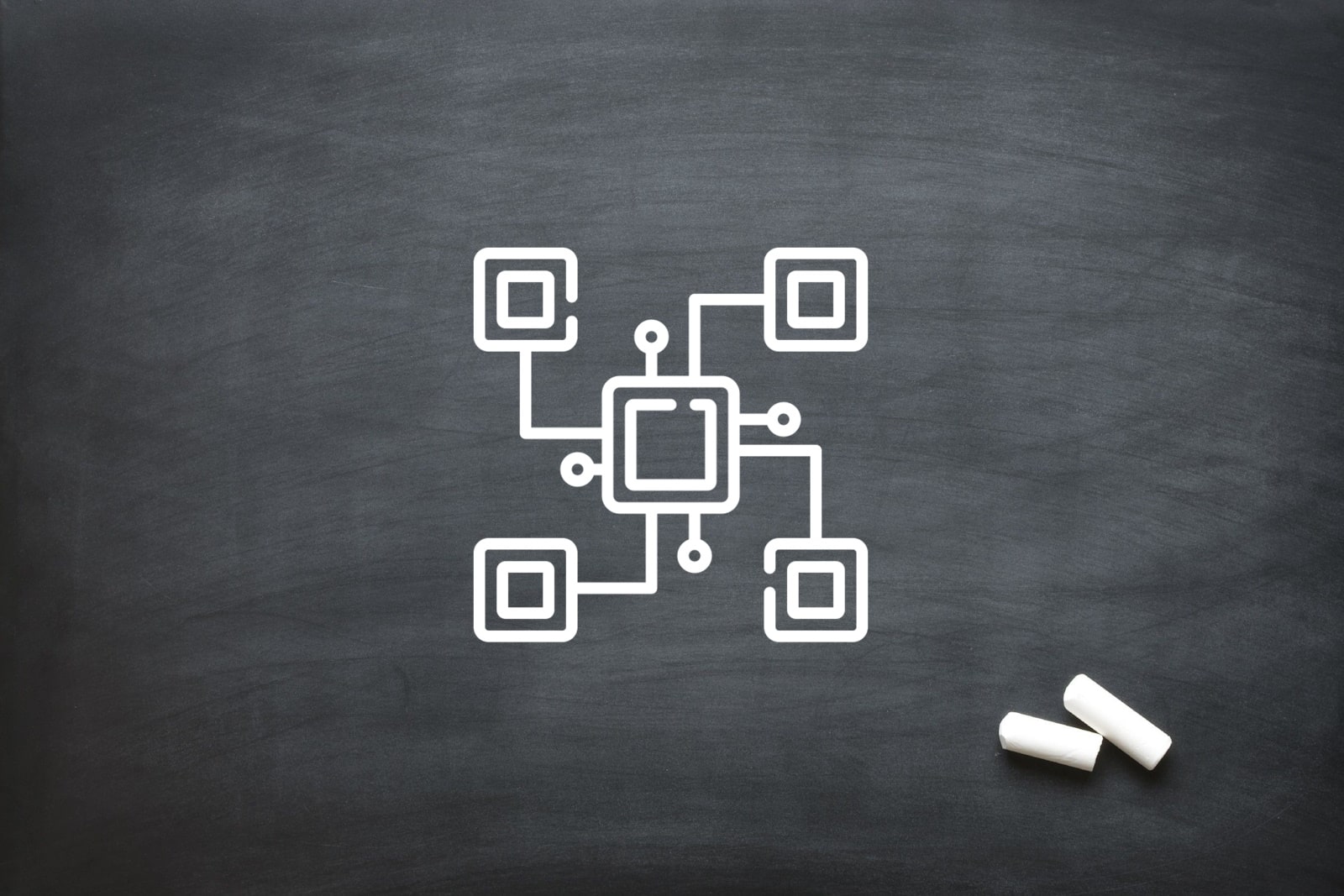
EMIS and Learner Management System in South Africa
In today’s digitally evolving educational landscape, the integration of school technology systems has become not just a strategic objective but a necessity. As South African schools increasingly adopt digital learning platforms, the need to interface these platforms with existing Education Management Information Systems (EMIS) has grown significantly. At the heart of this transformation is the need for a robust, secure, and scalable integration between a learner management system in South Africa and the national EMIS architecture.
Why EMIS Integration Matters
The Department of Basic Education (DBE) in South Africa administers data on over 13 million learners through platforms like SA-SAMS (South African School Administration and Management System) and LURITS (Learner Unit Record Information and Tracking System). These systems serve as the backbone of educational data management, supporting planning, funding, and performance monitoring. However, many schools now operate a learner management system in South Africa to handle e-learning, assessments, and daily administrative tasks.
Without seamless integration between LMS platforms and EMIS, duplication of data, manual data entry errors, and inefficiencies in reporting and decision-making persist. The integration allows schools to synchronise learner data, automate reporting, and ensure data accuracy while complying with regulatory frameworks like POPIA (Protection of Personal Information Act).
Standards for Data Exchange
One of the pillars of successful integration is standardised data exchange. XML and JSON are two prevalent data formats used globally for educational data sharing. JSON, with its lightweight structure, is increasingly preferred in REST API environments, which provide the functionality to securely Create, Read, Update, and Delete learner records across platforms.
The RESTful API approach is compatible with modern web architecture and allows learner management systems in South Africa to communicate in real-time or near real-time with EMIS databases. While XML remains relevant for legacy systems, JSON over REST APIs is proving to be the future-forward standard.
Automating Student Record Synchronisation
Key data points such as learner enrolment, attendance, and assessment records must move seamlessly between systems. Currently, SA-SAMS enables manual or batch uploading of this data to EMIS. By integrating LMS platforms using APIs, this process can be automated—reducing errors and improving the speed of data processing.
Schools can benefit from real-time updates that enhance the responsiveness of national education dashboards and assist district officials in decision-making. A properly interfaced learner management system in South Africa ensures that learners are tracked throughout their schooling journey without fragmented data trails.
Real-Time vs Batch Data Uploads
Real-time syncing enables immediate data reflection and rapid decision-making, which is particularly useful in monitoring attendance or continuous assessment performance. However, it requires stable connectivity, which remains a challenge in some rural and peri-urban schools.
Batch data uploads, while less immediate, are more reliable in offline environments. They allow schools to work locally and upload data once connectivity is available. For many schools using a learner management system in South Africa, hybrid models that support both real-time and batch processing offer the best of both worlds.
Unique Learner Identification
Consistency in learner identification is crucial for data integrity. South Africa uses SA-SAMS IDs and LURITS numbers—unique, permanent identifiers that follow learners across provinces and schooling years. Integration protocols must ensure these IDs are embedded in all LMS platforms to guarantee accurate record matching during sync operations.
Data Validation and Integrity
Data exchanged between LMS and EMIS must undergo validation to maintain quality. Built-in validation rules help identify anomalies like duplicate records, missing fields, and inconsistent formatting. A robust learner management system in South Africa should support these checks before any data is submitted to EMIS systems.
Audit trails, error reporting, and rollback mechanisms also ensure that data issues can be diagnosed and corrected efficiently.
Interoperability Challenges
Despite the technical potential, several challenges hinder LMS-EMIS integration. Legacy systems like SA-SAMS were not originally built for API-based interoperability. Policy alignment between provincial departments also varies, and the lack of a unified national standard for LMS deployment contributes to fragmentation.
Middleware solutions are emerging to bridge these gaps. Acting as intermediaries, these tools translate data formats, handle queuing, and offer fault-tolerant syncing. When deployed correctly, middleware can enable any compliant learner management system in South Africa to integrate with EMIS, regardless of their underlying technologies.
Role-Based Access Control
Maintaining the privacy and security of learner data is paramount. Role-Based Access Control (RBAC) ensures that only authorised personnel can access or modify data. Schools using LMS platforms must implement strict RBAC policies aligned with those defined in SA-SAMS to prevent unauthorised access.
Open Standards and Global Alignment
South Africa stands to benefit by aligning with international open standards such as those proposed by IMS Global and the Schools Interoperability Framework (SIF). These standards define common data models and APIs, promoting cross-vendor compatibility. Adopting such frameworks can future-proof integration efforts and simplify implementation across schools.
POPIA Compliance and Data Security
Compliance with POPIA is not optional—it is a legal requirement. Integrated systems must ensure encrypted data transmission, secure login protocols, and proper consent mechanisms. A learner management system in South Africa that integrates with EMIS must include data protection features from design to deployment.
Offline Sync Solutions
Many schools still operate in areas with limited connectivity. LMS platforms must be designed to store data locally and queue uploads for when internet access resumes. These offline-first solutions are critical to ensure no data is lost and that EMIS databases receive timely updates once syncing resumes.
Interfacing a learner management system in South Africa with national EMIS platforms is a strategic move that enhances educational planning, improves data quality, and reduces administrative burdens. Through the adoption of modern data standards, secure access controls, and middleware integration, South Africa can build a resilient, data-driven educational ecosystem.
At Oliver Karstel Creative Agency, we specialise in digital integration and system design that supports schools and educational stakeholders. Contact us to explore how we can help your institution implement a future-ready LMS-EMIS interface.






